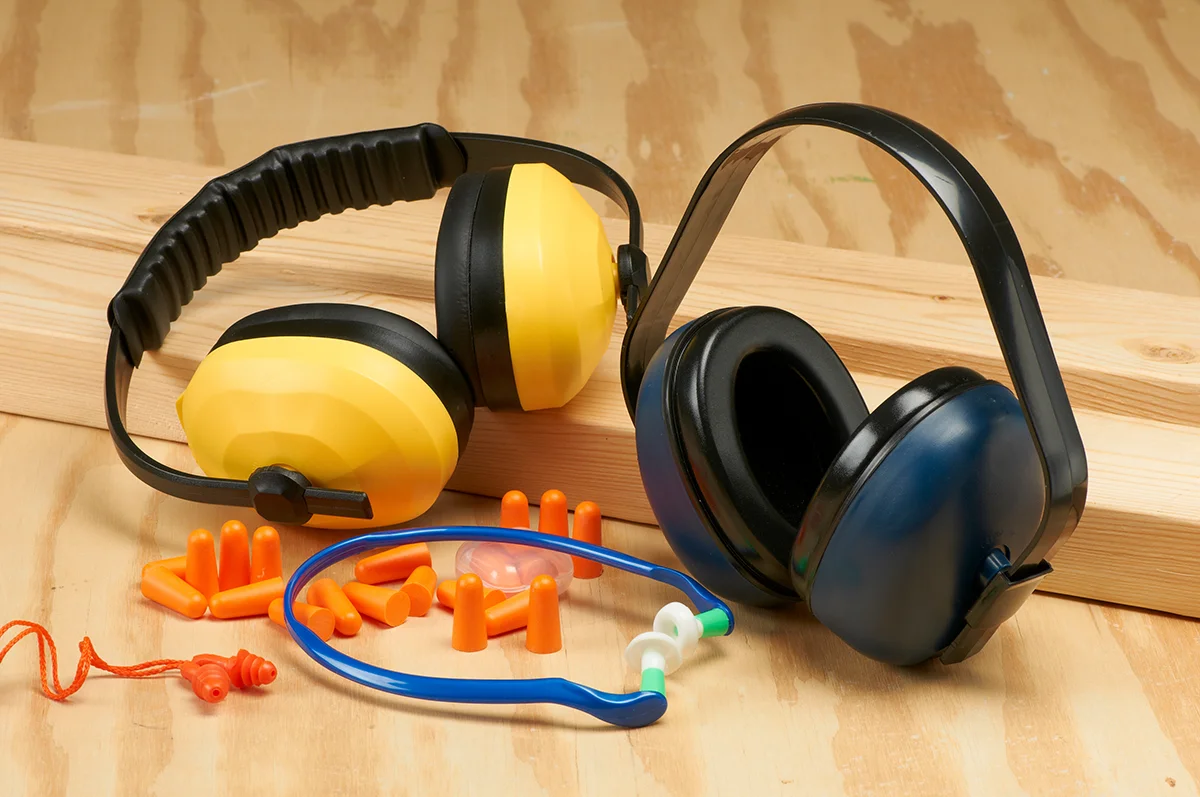
Hearing loss is a growing concern, affecting millions of people worldwide. One of the leading causes of hearing impairment is noise-induced hearing loss (NIHL), a condition that can be entirely preventable. In this guide, we provide expert tips for choosing the best hearing protection and reducing your risk of noise-induced hearing loss.
Factors to Consider When Choosing Hearing Protection
When it comes to selecting the right hearing protection, there are several crucial factors to consider. Whether you’re looking to safeguard your hearing during recreational activities or seeking protection in a noisy work environment, making an informed choice can significantly impact your long-term hearing health.
Noise Reduction Rating (NRR)
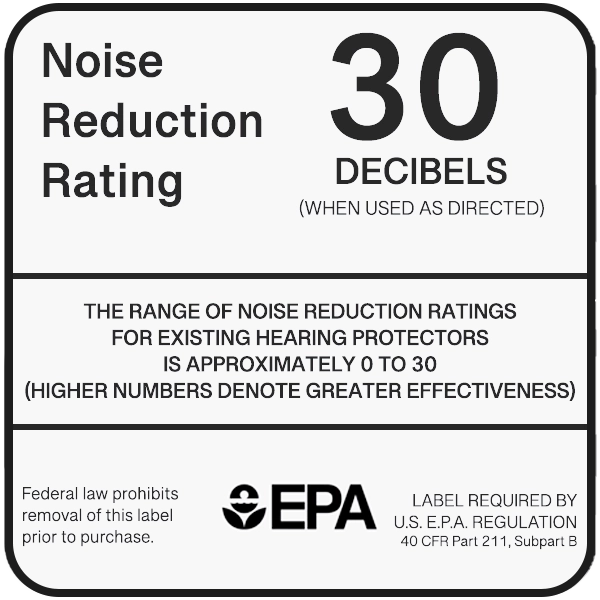
Noise Reduction Rating (NRR) is a critical factor to consider when choosing the best hearing protection for your needs. NRR is a numerical rating assigned to hearing protection devices, typically indicated on their packaging. This rating represents the maximum number of decibels (dB) the device can reduce the intensity of noise. For example, if a pair of earplugs has an NRR of 25 dB, wearing them correctly can reduce the noise entering your ears by up to 25 dB.
Understanding NRR is essential as it helps you select the best hearing protection to provide adequate defense against noise-induced hearing loss. Keep in mind that achieving proper noise reduction also depends on wearing the protection correctly. Be sure to follow the manufacturer’s instructions for proper usage to safeguard your hearing effectively.
Comfort and Fit
Properly fitting hearing protection is crucial for effectively blocking out noise. A snug fit ensures that sound cannot penetrate the protection, providing you with optimal safety. Custom-made hearing protection may be necessary if you have unique ear shapes or specific comfort preferences.
Durability and Maintenance
The lifespan of your hearing protection varies depending on the type you choose. Some require regular replacement, while others offer long-term usability. Understanding the lifespan of your protection and knowing how to clean and maintain it properly is essential to ensure it remains effective and hygienic over time.
Environment and Activity
Consider the specific environment and activity for which you need hearing protection. Different scenarios, such as attending a music concert, visiting a shooting range, or swimming, may require varying protection solutions. Additionally, think about the balance between protection and situational awareness. This is especially important in scenarios where you must remain aware of your surroundings.
By carefully evaluating the environment and activity at hand, you can make informed decisions about the type of hearing protection that best suits your needs. Remember that the right choice of protection helps reduce your risk of noise-induced hearing loss while allowing you to enjoy the activities you love or work safely in noisy environments.
Types of Hearing Protection
When it comes to safeguarding your hearing, there are several types of hearing protection options, some of which are more appropriate for specific scenarios than others. Understanding these options is essential in selecting the right hearing protection for your specific needs.
Disposable Earplugs

Disposable earplugs are affordable hearing protection options, that are also widely available in drugstores and convenience stores. These small, foam, or rubber earplugs are also incredibly compact and portable, and their hygienic one-time use eliminates the need for cleaning and maintenance.
To use them, you roll the earplug into a narrow cylinder, insert it gently into your ear canal, and allow it to expand to create a seal. However, remember that you should replace disposable earplugs after each use since they have a limited lifespan. Additionally, they may not provide as high a noise reduction rating as other options. Always reference the NRR on the packaging to ensure they will provide sufficient noise reduction to meet or exceed the environment you will be in.
Reusable Earplugs
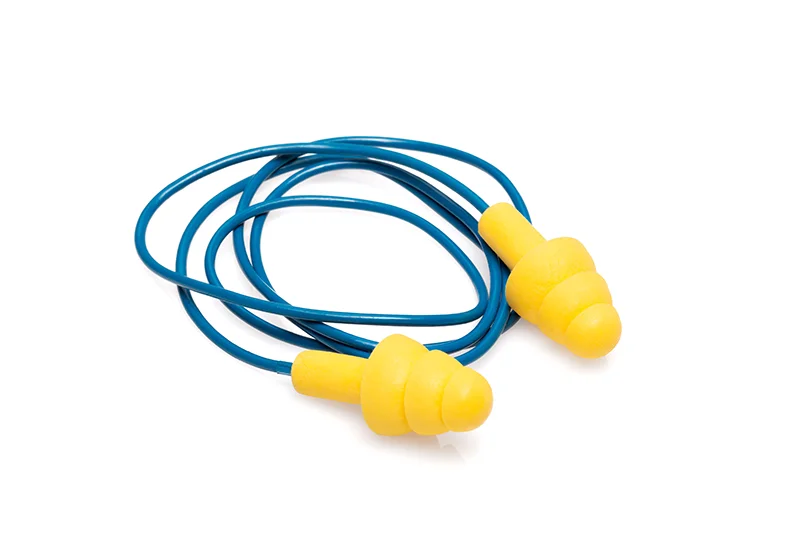
Reusable earplugs may have a higher initial cost compared to their disposable counterparts, but they are incredibly cost-effective in the long run. They can also be a more environmentally friendly option as they reduce waste compared to one-time-use earplugs. Reusable earplugs are typically made of a durable silicone material, that will require regular cleaning to maintain their effectiveness and hygiene.
Some reusable earplugs come with an attached cord, which is great for scenarios where you need to take them out and put them back in frequently. This sturdy cord allows you to easily remove your earplugs and hang them around your neck until you need to put them back in. This type of reusable hearing protection suits those frequently exposed to moderate to high noise levels, such as at work or during recreational activities like motorcycle riding.
When you use reusable earplugs, make sure to follow the manufacturer’s instructions for proper insertion, clean them regularly, and replace them if they become damaged or show signs of wear and tear.
Earmuffs
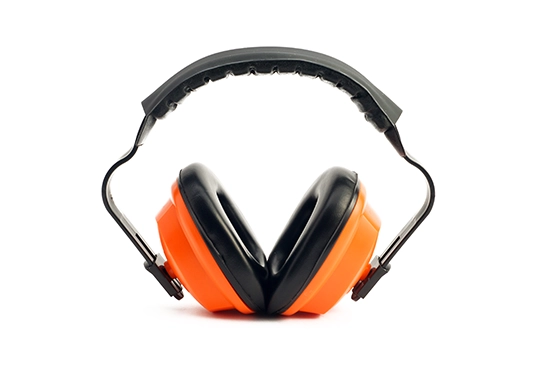
If you are sensitive to the feeling of earplugs in your ear canal, earmuffs offer effective noise reduction by blocking the exterior of your outer ear, making them comfortable and easy to wear for extended periods. They are larger than earplugs but can be easily worn around your neck like regular headphones when not needed for hearing protection.
Earmuffs are available in a variety of sizes for both adults and children, and they are typically durable and long-lasting. However, it is important to note that they can interfere with other headgear, such as helmets or safety glasses, and may cause discomfort for some in hot or humid conditions.
Earmuffs are best used in industrial settings with continuous loud noise, including places like construction sites, transportation depots, or manufacturing facilities. To use earmuffs effectively, it’s important to ensure a snug fit over both ears, making sure they don’t interfere with any other safety gear. It’s also best to wipe them out with a damp cloth after each use to keep them in good condition and hygienic.
Custom-Molded Earplugs
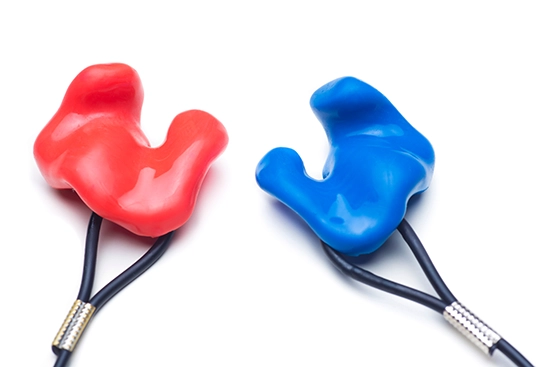
Custom molded earplugs offer a personalized fit that helps ensure maximum comfort and noise reduction. This makes them a premium choice for hearing protection. With proper care, custom-molded earplugs are long-lasting and durable. Therefore, they can be a worthwhile investment for those who need significant hearing protection regularly.
Any kind of custom-made ear protection requires a professional fitting and will not be suitable for sharing with others because of their individual fit. Custom earplugs are a great hearing protection option for anyone frequently exposed to high levels of sound for long periods, such as professional musicians and industrial workers. They are also popular among motorcyclists, hunters, or individuals seeking premium hearing protection.
To use them effectively, follow the wear, cleaning, and storing instructions provided by your hearing specialist, and periodically inspect them for any damage or wear and replace them when necessary.
Find the Best Hearing Protection for You
When choosing the best hearing protection, base your decision on your unique needs, preferences, and the specific situations in which you encounter loud noises. Always follow the manufacturer’s recommendations for use and proper care and replace them if damaged or worn out to ensure effective protection.
Remember, protecting your hearing is an investment in your long-term well-being. It’s a decision that can prevent irreversible damage and ensure that you continue to enjoy the sounds of life for years to come. Our highly experienced specialists are here to help you safeguard your hearing health. Find a hearing clinic near you today to find the best hearing protection for you.

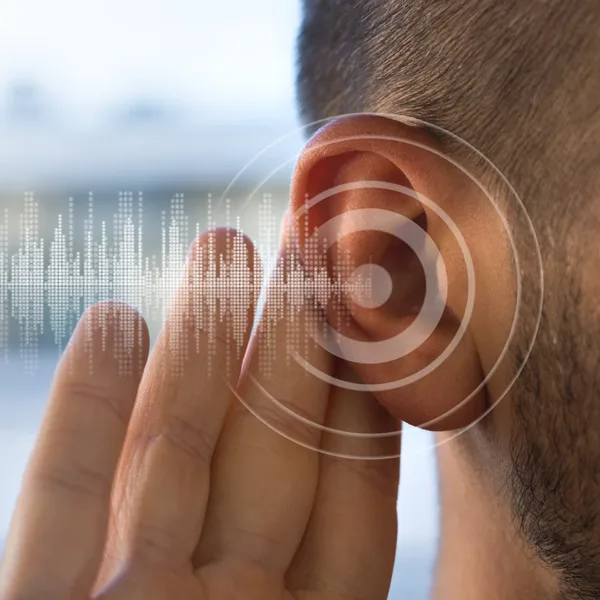
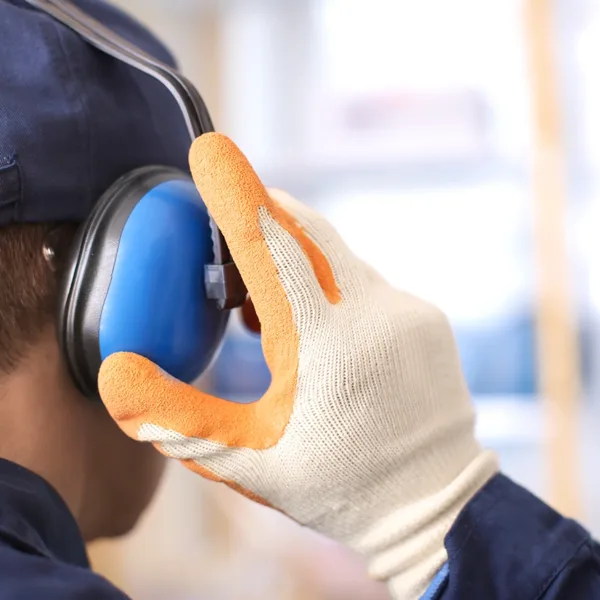




Have a question or Comment?